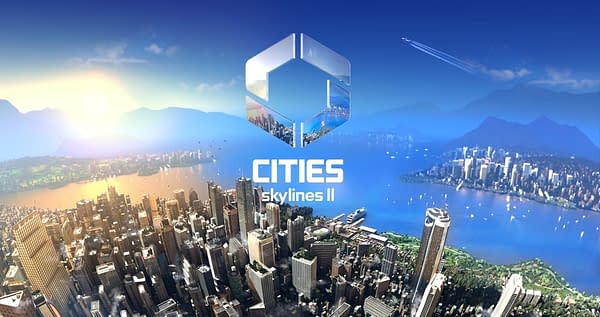Posted in: Games, Paradox Interactive, Video Games | Tagged: Cities: Skylines II, paradox Interactive
Cities: Skylines II Shows Off New Traffic AI Feature
Check out the latest video for Cities: Skylines II as the team at Paradox Interactive show how AI improved their in-game traffic.
Paradox Interactive has released a new video for the upcoming game Cities: Skylines II, in which they show how they used AI on the game's traffic. Normally, we're not fans of writing stories about AI, as we're pretty sure it's going to take away all of our livelihoods in 10 years and possibly our lives shortly after when "the singularity" happens. But this one is slightly different as the team shows off how they managed to use AI to simulate better traffic in the game to create a more realistic version of what a major metropolis might encounter. We have a video for you below showing it off, as well as a snippet from their latest blog going over what you can expect from the game, still currently set to be released on October 24th, 2023.

"Citizens and traffic are a core part of a living and breathing city. Where do people live, where do they work, and what places do they visit in their free time? Where are businesses located and how do they get the goods they sell? Are their customer's citizens or other businesses? How do their customers find them, and are there other, better shopping options closer by? All of this and more factor into how traffic moves around the city. In this development diary, we look at how the traffic simulation works and what features the agents (citizens, services, and resources moving around in the city) take into account when making pathfinding decisions. Check out the highlight video below before diving into all the details."
"Pathfinding works in a different way in Cities: Skylines II than its predecessor. In Cities: Skylines pathfinding was proximity-based, meaning agents would calculate their destinations or order services by straight line distance without taking the existing road network into account. In the case of a fire, this could mean the fire truck responding would come from the closest station even if it had a longer route because of how the roads connected it to the destination. Longer response times could, in turn, mean the fire truck would not make it in time to stop the fire from spreading or save the building from collapse. Agents would take the fastest route to their destination and stick to it, patiently sitting in a traffic jam if one occurred, only changing their route if the road network was modified in ways causing their original path to no longer be viable."











